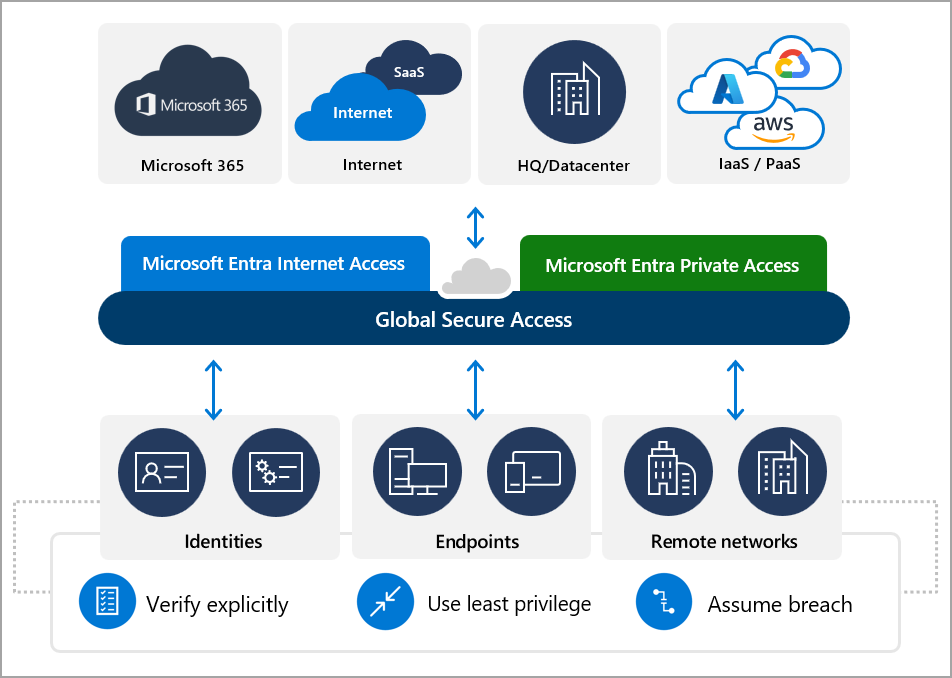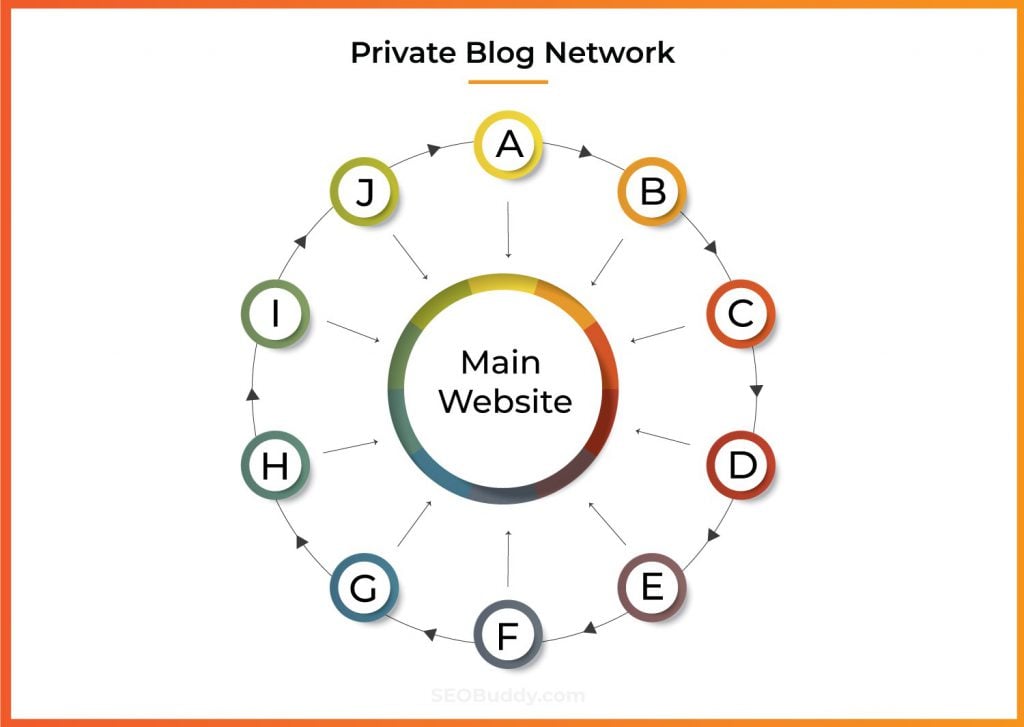All Categories
Featured
Table of Contents
- – Which Is The Most Trusted Nlp For Semantic Seo...
- – What Is The Leading Optimizing For Search Inte...
- – Whats The Top Semantic Seo Optimization Tools
- – Who Has The Most Recommended Implementing Sem...
- – What Is The Premier Semantic Search Strategi...
- – What Is The Most Popular Semantic Seo Platfo...
- – Which Is The Premier Schema Markup For Seman...
The internet is altering, coming to be increasingly more semantic. SEO is additionally changing and becoming much more semantic. This is because online search engine have actually advanced and are relocating increasingly more in the direction of reading web content on the internet. Obviously, that has likewise transformed the method we create content, specifically if we intend to rate far better in the search engines.
, the pioneer of the Web, spoke of to represent the idea that all points in deep space are deeply interconnected. Intertwingularity is not generally recognized, people keep acting they can make points deeply hierarchical, categorizable and sequential when they can't. Everything is deeply intertwingled. Based upon the relationships between search purposes, the online search engine prefers a content ready by computing the range between the vectors of definition.
It enables you to see, beginning from a subject, all the entities that are related to that subject. By doing this you can plainly see which entities/concepts/ideas have already been covered on your web site, and you can find new chances by comprehending what content you can add and how to produce it.
Which Is The Most Trusted Nlp For Semantic Seo Provider
It is able to make your material easy to understand for online search engine on the one hand and for your target market on the various other. Structuring your material model highlights your material and its hidden relationships to make sure that internet search engine can identify you among numerous items of details, making you a lot more visible to individuals who meet the search intent pertaining to your service.
In semantic SEO copywriting, an editor begins with a wider array of subjects and tailors the web content to consist of semantically pertinent terms and phrases that help readers comprehend a subject, comparable to reading web content in a wiki. From a material writing viewpoint, one useful means to do this is to develop a vocabulary of terms and inquiries bordering your target topic.
What Is The Leading Optimizing For Search Intent Business?
Find out more regarding by watching the by!.

Semantic search refers to the procedure of just how search engines recognize and match key phrases to a searcher's intent in natural search results page. Prior to semantic search, search engines like Google operated like matchmakersaligning details words in your question with those exact words on web pages. The results were uncomplicated but commonly lacked deepness.
Whats The Top Semantic Seo Optimization Tools
It enables Google to offer quick, precise answers to look questions regarding real-world topics. When you type an inquiry word right into Google, you're not just going into a series of words. You tap right into a complicated web of significances and links. Google's Understanding Chart sees these words as entities with context and connections.
When you look for "Apple," Google doesn't just see a word that explains a fruit. It recognizes Apple as a business and can offer associated details. It was Google's solution to the surge of voice searches, where queries became much more conversational and nuanced.
Who Has The Most Recommended Implementing Semantic Seo Service?
By incorporating NLP, Hummingbird permitted Google to move beyond mere keyword matching. It assisted the search engine comprehend search intent, enhancing the chances that results would accurately match the factor behind a user's search. As the 3rd essential ranking factor after web content and web links, RankBrain has actually enhanced Google's semantic search abilities to recognize the definition of search questions.
RankBrain is an artificial intelligence system that assists Google interpret queries it hasn't seen prior to. It can make guesses about words and phrases it does not acknowledge and filter results as necessary. Making it much more efficient at taking care of never-before-seen search queries. RankBrain considers even more than just search phrases when analyzing a search inquiry.
It brings results that match the search phrases and line up with the overall intent of supplying puppy training guidance. And if the customer frequently looks for dog-related web content, Google might focus on extra thorough training guidesrecognizing the individual's ongoing rate of interest in the topic. Incorporating technologies like the Knowledge Chart, Hummingbird, and RankBrain, semantic search helps the Google algorithm interpret and connect information across a substantial web of information.
What Is The Premier Semantic Search Strategies Company?
The focus changes from keyword selection to an alternative method including customer intent, topical importance, and overall individual experience. Developing material that attends to the searcher's requirements with detailed information can improve your SERP rankings.
And type of web content can best please their needs. A more comprehensive method to content aligns much better with semantic search's change away from precise key phrase matching and toward customer intent. Which clarifies the boosted emphasis on topic clusters, instead of private search phrases. Content that covers search questions more thoroughly not only pleases customers.
UX aims to produce an aesthetically enticing, easy to use user interface with appealing, quality web content that encourages site visitors to remain. Semantic search innovation enables search engines to intend for outcomes that provide the best possible UX.
What Is The Most Popular Semantic Seo Platform Deal Right Now

All display Google's capability to attend to a subject query adequately. By comprehending the context and intent behind user queries, online search engine can provide a lot more appropriate details and potentially raise customer interaction. Personalization in search results page produces far better UX.Based on your previous search background and preferences as a user, semantic search aids look engines customize the outcomes to fit your distinct demands and passions.
So it brings outcomes that match the search phrases and line up with the general intent of offering puppy training advice. And if the individual often searches for dog-related web content, Google could prioritize a lot more thorough training guidesrecognizing the customer's ongoing passion in the subject. Incorporating innovations like the Knowledge Graph, Hummingbird, and RankBrain, semantic search aids the Google algorithm analyze and link data across a large internet of details.
Which Is The Premier Schema Markup For Semantic Seo Service?
The focus changes from keyword option to a holistic method encompassing customer intent, topical importance, and general user experience. Producing material that resolves the searcher's needs with thorough info can boost your SERP positions.

And kind of content can best satisfy their needs. A broader method to material aligns better with semantic search's shift far from exact keyword phrase matching and towards user intent. Which describes the increased concentrate on topic clusters, as opposed to private keywords. Web content that covers search questions better not just satisfies customers.
And 5 times greater than sites that take 10 secs to lots. While technological SEO makes certain optimal site efficiency and availability, concentrating on user experience (UX) takes it an action further. UX intends to develop a visually appealing, easy to use user interface with appealing, quality content that urges visitors to remain. Semantic search modern technology allows search engines to aim for results that provide the best feasible UX.
All showcase Google's capability to address a subject inquiry adequately. By understanding the context and intent behind user queries, online search engine can provide extra appropriate info and possibly increase customer involvement. Customization in search results produces better UX.Based on your previous search history and preferences as an individual, semantic search helps internet search engine tailor the results to match your one-of-a-kind demands and interests.
Table of Contents
- – Which Is The Most Trusted Nlp For Semantic Seo...
- – What Is The Leading Optimizing For Search Inte...
- – Whats The Top Semantic Seo Optimization Tools
- – Who Has The Most Recommended Implementing Sem...
- – What Is The Premier Semantic Search Strategi...
- – What Is The Most Popular Semantic Seo Platfo...
- – Which Is The Premier Schema Markup For Seman...
Latest Posts
What Is The Premier Semantic Seo Content Strategies Company?
Whats The Most Suitable Semantic Seo Checklist To Buy
How Much Should I Pay For Structured Data For Semantic Seo?
More
Latest Posts
What Is The Premier Semantic Seo Content Strategies Company?
Whats The Most Suitable Semantic Seo Checklist To Buy
How Much Should I Pay For Structured Data For Semantic Seo?